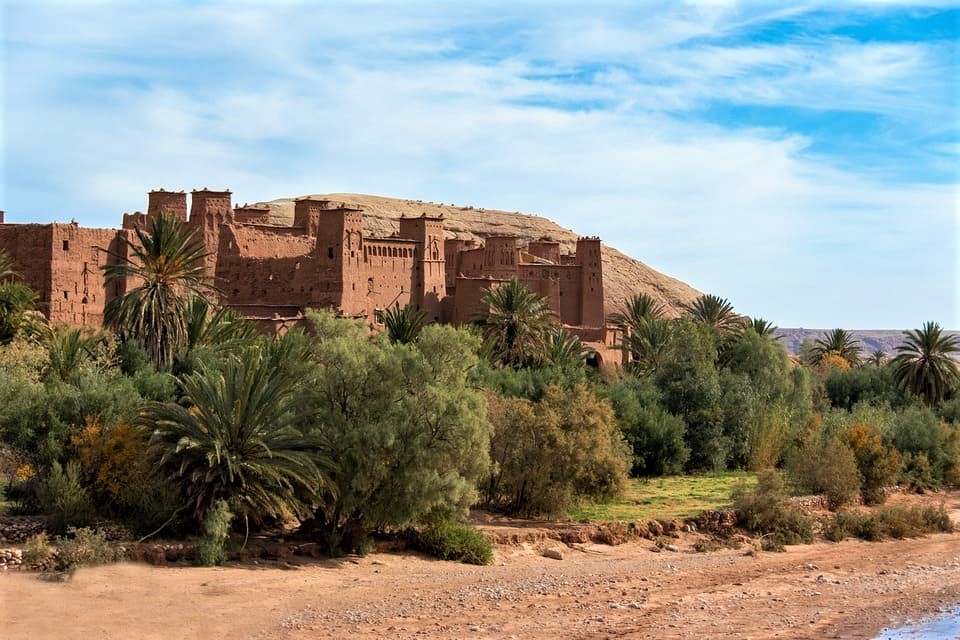
Berber Languages: Historical Evolution and Global Distribution
Berber languages, also referred to as the Amazigh languages or Tamazight, constitute a family of languages with a substantial historical and cultural presence in North Africa. Their significance in shaping the region's culture and identity over numerous centuries cannot be understated. The journey of these languages from their origins to their current status in different countries is a story marked by diversity and cultural importance. This linguistic treasure underscores the enduring contributions of the Berber people to the cultural richness of North Africa.
The Complexities of Berber Languages in the Afroasiatic Context
The Berber languages form part of the extensive Afroasiatic language family, which encompasses various languages spoken across North Africa and the Middle East. These languages are spoken by Berber communities indigenous to North Africa, showcasing a rich linguistic lineage within the region. While the Berber languages are closely related, they are often mutually unintelligible, indicating distinct dialectical variations among Berber-speaking communities.
Moreover, there is ongoing debate among linguists regarding the most appropriate sub-categorization of languages within the Berber branch due to their complex linguistic structure and historical evolution.
The Multifaceted Meaning of "Tamazight" Within Berber Languages
The term "Tamazight" holds a multifaceted meaning within the context of Berber languages spoken by the Amazigh people in North Africa. While "Tamazight" is often used interchangeably with "Berber languages," it can also denote a specific subset, such as Central Atlas Tamazight. Over recent years, there has been a growing emphasis on promoting the Amazigh language and culture, with some North African countries incorporating recognition of these aspects into their constitutions and educational systems.
In Morocco, Standard Moroccan Tamazight, also known as Standard Moroccan Berber, was developed by blending three Berber languages under the Royal Institute of Amazigh Culture. It became an official language in 2011 alongside Arabic. Similarly, in Algeria, Tamazight, also referred to as Standard Algerian Berber was recognized as an official language in 2016.
Linguistic Lineage and Afroasiatic Roots of Berber
The Berber language belongs to the vast Afroasiatic language family, which encompasses languages spoken across North Africa, the Middle East, and parts of Asia. Within this family, Berber is classified as a distinct branch, but its exact relationship with other Afroasiatic languages remains a subject of debate.
Linguists have identified certain linguistic similarities between Berber and other Afroasiatic languages, particularly Semitic languages like Arabic and Hebrew. These resemblances hint at an ancestral connection, suggesting that Berber shares a common linguistic lineage with other branches of the Afroasiatic family. However, it's important to note that while these connections offer insights, the Berber language maintains the unique characteristics that set it apart.
Prehistoric Origin of Berber Languages
The Berber languages are thought to have their origins in ancient times, evolving over millennia alongside the earliest inhabitants of North Africa, who have been present in the region since the Paleolithic era based on archaeological discoveries. As Berber tribes migrated and settled across the region, different dialects and regional variations of the language began to develop, influenced by the nomadic or semi-nomadic lifestyles of these tribes as they moved in response to seasonal changes and available resources. However, due to the scarcity of written records from ancient times, the exact origins and development paths of these languages are not fully known.
Linguistic Influences on the Berber Language
Throughout history, North Africa has been a crossroads of civilizations, a meeting point of cultures and languages. The Berber language's development was significantly influenced by the interactions and exchanges that occurred along ancient trade routes and through various conquests.
Phoenician and Punic influences left their mark on Berber due to the maritime trade activities of these ancient civilizations. Latin, introduced through Roman rule, also contributed to the language's linguistic pool. With the Arab expansion in the 7th century, Berber interacted with Arabic, leading to the incorporation of Arabic loanwords and linguistic features.
Historical Significance and Cultural Expression of Berber in North Africa
The history of the Berber languages is inextricably tied to the history of the Berber people, who have inhabited North Africa for thousands of years. Over the centuries, North Africa witnessed the rise and fall of various empires and civilizations, each leaving its mark on the Berber language. From the mighty Carthaginians to the Roman Empire and the Islamic Caliphates, the languages evolved alongside the changing socio-political landscapes. Despite these influences, Berber languages managed to maintain their identity and presence as a crucial element of North African heritage.
Berber languages are a repository of cultural expression. They carry within their vocabulary, idioms, and proverbs a reflection of the unique way of life, traditions, and values of the Berber people. It is through the Berber languages that stories, myths, and oral traditions have been passed down through generations, preserving a sense of continuity with the past.
Music, poetry, and literature play a pivotal role in keeping these languages alive. The oral tradition of storytelling, with its rhythmic patterns and vivid imagery, has been a means of sharing collective memories and preserving the cultural identity of Berber communities.
Berber Languages and Countries where these Languages are Spoken
Berber languages are spoken across a wide geographical expanse, primarily in North Africa. Its influence can be felt in various countries, each with its unique history of interaction with the language.
- Morocco: Tamazight, Tachelhit (Shilha), and Tarifit (Rifian) are languages spoken in different regions across the country. Tamazight specifically is recognized as an official language.
- Algeria: A variety of Berber languages are used across different regions, such as Kabyle, Chaoui, Tumzabt (Mozabite), and Tamazight, with Tamazight being officially recognized.
- Mali: Tamasheq serves as the primary language among the Tuareg people inhabiting the desert regions. This language is part of the broader Tuareg languages within the Berber family.
- Niger: The language spoken extensively in the northern regions of Niger is the same as in Mali.
- Libya: The Berber languages Tamazight and Tamasheq are utilized.
- Burkina Faso: Tamasheq is also prevalent in Burkina Faso.
- Egypt: The Siwi language is spoken by the inhabitants of the Siwa Oasis here.
Berber Languages Facing Challenges and Revitalization Initiatives
While the recognition of the Berber languages in some countries marks significant progress, challenges remain. In some regions, the dominance of Arabic as the official language for administration and education has posed hurdles to the widespread use of Berber. Additionally, globalization and modernization have led to the infiltration of foreign languages and cultural influences.
Efforts to revitalize Berber languages have been substantial and diverse. Education plays a crucial role in transmitting these languages to younger generations. Classes, cultural festivals, and media outlets dedicated to Berber content have all contributed to their resurgence.
The Berber languages, encompassing various subsets, represent a significant part of North Africa's linguistic and cultural heritage. They have evolved over centuries through interactions with different civilizations, shaping a diverse linguistic expression. While facing historical challenges, recent years have witnessed increased efforts to safeguard and promote Berber languages, including official recognition in countries like Morocco and Algeria. These initiatives, coupled with educational and cultural endeavors, highlight a growing acknowledgment of their importance in preserving regional diversity.







